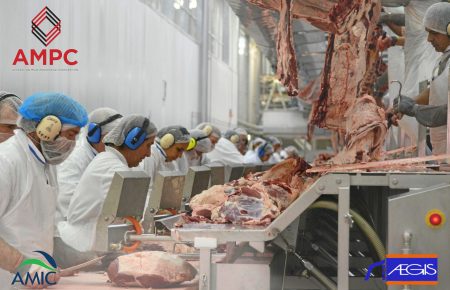The hidden figure of managing a workplace injury can be much higher than companies realise.
Most employers understand the direct costs of workplace injury. These include but are not limited to:
- Medical costs
- Rehabilitation
- Wages paid while injured worker is off work
- Increased insurance premiums
- Associated legal fees
However, there are additional, hidden costs to dealing with a workplace injury and a subsequent workers’ compensation claim.
Productivity
For example, there are productivity costs to consider. A workplace injury will have an effect on the actual work getting done in your workplace.
Obviously, to start with, an injured worker himself or herself will result in costs on a productivity level. There is, after all, one fewer person working.
To compensate for the lost work, there may be overtime costs for other workers while they ‘catch up’ and complete the work the injured worker would usually do.
Replacing, training or retraining a new worker also costs time and money. The replacement will likely have lower productivity than the person they replaced due to being new or inexperienced in that task.
There may be projects on the go that are now understaffed and have to be delayed. There may even be equipment or tools that have been damaged in the incident. The injury itself may put a project on hold completely.
Co-workers
Another thing to consider is the loss of morale in your team as they start to think about the potential hazards in the workplace. “That could have been me.”
There might be a dip in productivity as the injured employee’s co-workers stand around discussing the incident, giving each other moral support.
If an incident is traumatic for co-workers, there may potentially be mental health concerns.
These might even turn into secondary claims.
There is also the cost of existing workers and managers figuring out who can take up the tasks of the injured worker for the immediate time being before someone new can be hired.
Admin
There will also be increased admin costs. For example, paperwork that needs to be filled out by the supervisors, managers and co-workers. In addition, they will likely need to act as witnesses for both internal and external investigations, which will incur costs.
The disruption to workflow by having a worker off injured can be expensive also. Missed delivery dates need to be rescheduled, affected customers might need to be refunded; a company might indeed lose sales because of this disruption.
In addition to the legal costs associated with handling a workers’ compensation claim, there may be further legal fees and even fines if an employer is found to be negligent. In this scenario, an employer is also likely to experience industrial relations issues as things are addressed with the union.
Further costs
There may also be further repercussions stemming from a single workers’ compensation claim. In fact, treating the initial injury may just be the tip of the iceberg.
This might include loss of future income from losing contracts or having them cancelled. This includes the risk to future bids as well.
Your business might have even suffered a bad reputation as a result of the injury, which comes with costs.
For publicly traded companies, due to all the above costs, a company might experience lower profits and therefore a lower stock valuation.
This chart from International SOS demonstrates the ‘iceberg’ theory of workplace injury well. As you can see, these secondary and tertiary costs end up amounting to more than the primary claim.
A workers’ compensation claim involves more than just the obvious or initial costs. This is why you need to get out in front of things and mitigate, as much as you can, the hazards in your workplace.
To speak to someone about your Workers’ Compensation arrangements, contact us here.
Business photo created by snowing – www.freepik.com.























































